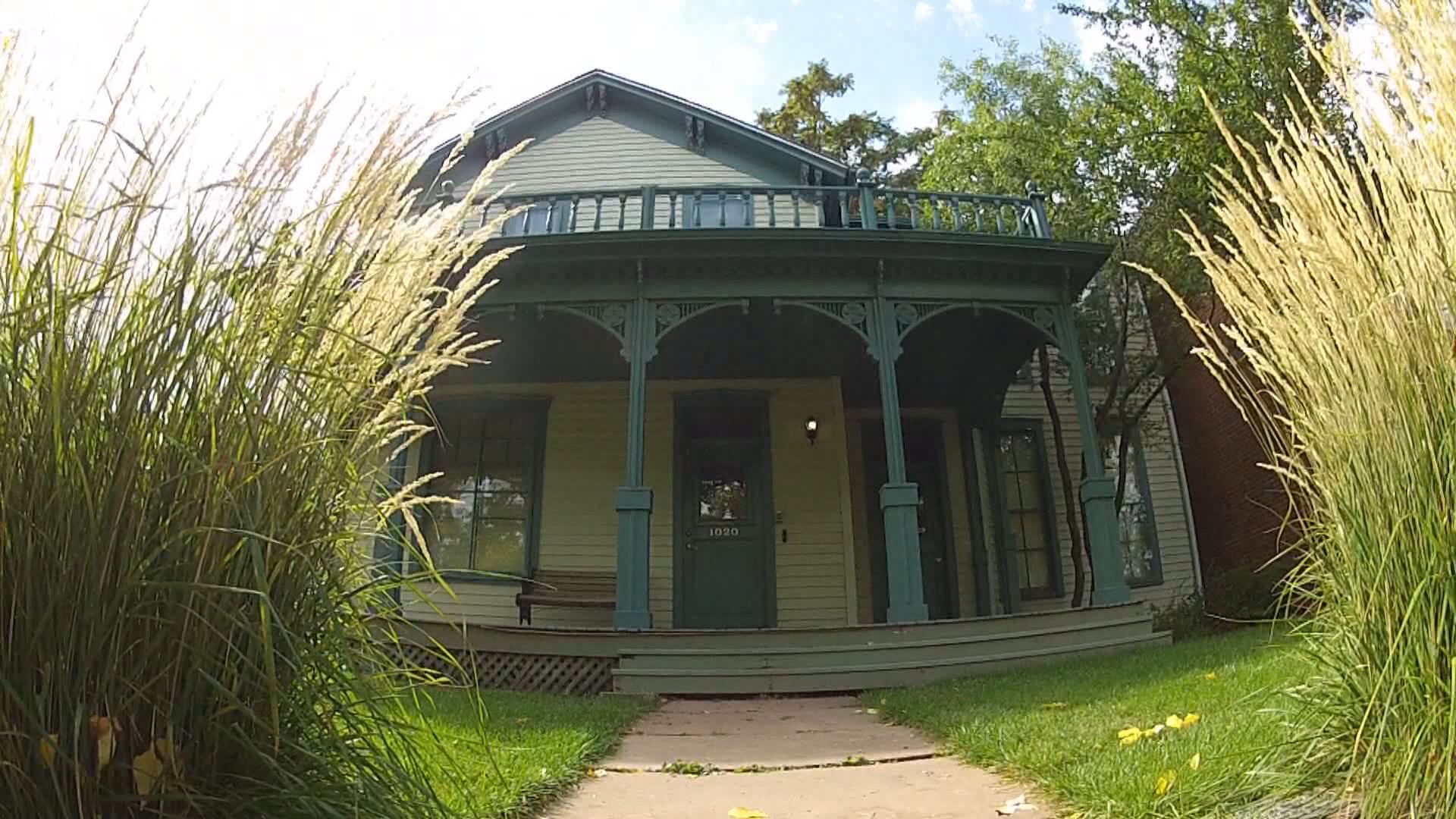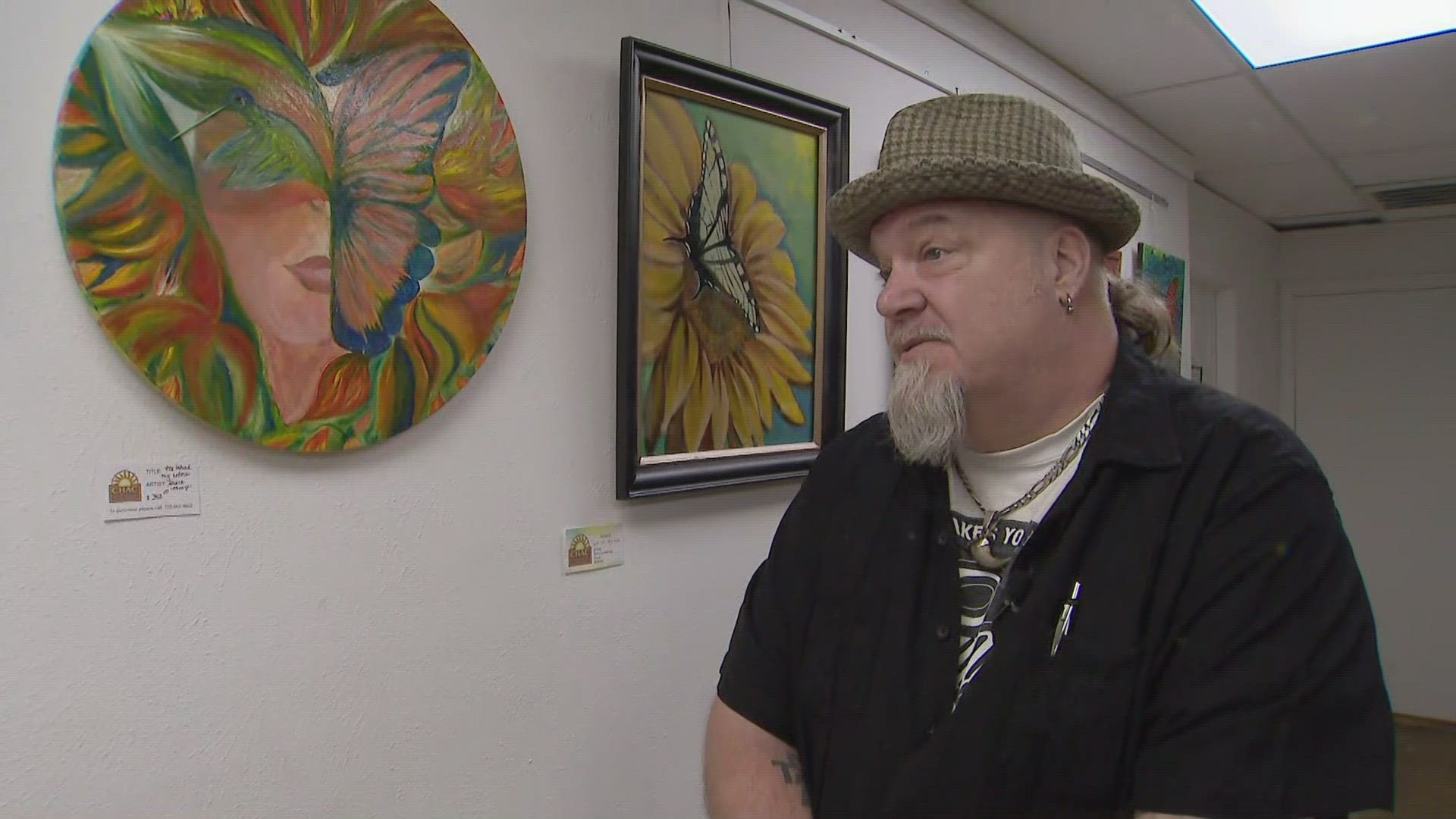KUSA- It once attracted famous musicians and politicians, and stands as a testament to what one Denver neighborhood used to look like.
Casa Mayan is one of the oldest homes in the city, with a rich history woven into the fabric of Denver's Hispanic community. It all would have disappeared, though, if not for the efforts of many people and the memories of one family.
"It was a fascinating place to grow up," said Belen Gonzalez Aranda, 96, a former Auraria resident. "A childhood that was unbelievable. Just wonderful."
The memories still seem so fresh for Gonzalez Aranda and Marta Gonzalez de Alcaro, 90. They are the two sisters who once called this place home.
The house is known as Casa Mayan. It sits on the 9th Street Historic Park, in the heart of the Auraria Campus. It's all that's left of a vibrant, thriving neighborhood. Gonzalez de Alcaro and Gonzalez Aranda, along with their five other siblings grew up in Casa Mayan.
"A lot of people don't understand that this was a very sustainable neighborhood," Gonzalez Alcaro said.
To understand what happened there, you have to go back to the 19th century. The clapboard wood house is one of the oldest in Denver, originally built in 1872 by William Smedley, a Pennsylvania dentist who moved to Denver. Years later, in 1926, the Gonzalez family moved in and the surrounding Auraria community was thriving with families from all over.
"We didn't think anything about it," said Marta Gonzalez de Alcaro. "We had an Irish family across the street, a German family, an English family. We never thought of being different. We were all, you know, in the same boat."
Gregorio Alcaro is a historian and founder of the non-profit Auraria Casa Mayan Heritage. Marta Gonzalez Alcaro is his mother and he remembers parties and get-togethers at Casa Mayan.
"It really exemplifies America because it was a history of immigrants, from all over," Alcaro said. "I couldn't separate my family's history from the history of Auraria. And that's how I became interested in learning the various families and the stories that they have to tell."
Those stories include hardship, the Depression and, later, World War II. Once the war was over, though, the family entered a new venture.
On the first floor of their house, they opened one of the first Hispanic-owned, Mexican-American restaurants in Denver-- calling it Casa Mayan.
"We had a mother who could make us meals out of nothing," Gonzalez Aranda said.
Those skills were put to use in the restaurant, which also became a cultural center. President Harry Truman ate there in 1948, and through the 50s and 60s, entertainers like Jose Feliciano, Joan Baez and Judy Collins made stops at Casa Mayan.
"It was an open-house situation all the time because we had musicians," said Gonzalez de Alcaro. "Poets and entertainers coming. All the time."
Those times, though, would not last.
The Gonzalez family continued running the restaurant until it closed in 1973. By then, the Denver Urban Renewal Authority had designated the entire neighborhood as the future site of the Auraria Higher Education Center.
"It was a loss," Gonzalez de Alcaro said. "A big loss emotionally and for the whole family."
"The philosophy was, we needed an urban renewal in a lot of the older communities," Gregorio Alcaro said. "And Auraria was one of many ethnic communities that went through the challenges of displacement."
Despite some community opposition, in 1969, Denver voters approved a $6 million bond issue that would help create what would become the Auraria campus: 155 families and 237 businesses were relocated. Some never bounced back from it.
Bulldozers moved in, but preservationists raced to save historic homes, including Casa Mayan. The state eventually created the 9th Street Historic Park. Now, there's an effort to tell people who visit Casa Mayan that it's not just another building.
"This is why these homes were very special to the Mexican Americans and people from Mexico," historian Alcaro said. "They went through incredible struggles through their journeys from Mexico."
For the Gonzalez sisters, those struggles are sweetened by happy memories, whenever they come home to Casa Mayan.
"My family. They all appear somehow or another. They're all here, as far as I'm concerned," said Gonzalez Aranda. "Everything reminds me of one of them- or all of them. And it all came from living in this wonderful home."
For more information about Casa Mayan, go to http://acmh.cfsites.org/
(KUSA-TV © 2014 Multimedia Holdings Corporation)


